Mechanical properties of PLA and PETG at three differing raster angles... Download Scientific
PERFORMANCE CHARACTERISTICS: Outstanding deep draw thermoforming Good impact resistance Chemical resistant Easy to fabricate and machine Good clarity Length, width, thickness, and diameter tolerances vary by size, by manufacturer, brand, and grade. Custom sizes and thicknesses available upon request. PETG Properties and Material Options

What is PETG? Max Plastics
PLA vs PETG: Quick Summary . PLA is a bio-based biodegradable biopolymer made from the fermentation of natural and renewable resources. PLA is one of the most consumed bioplastics in the world and the most used bio-based polymer for 3D printing. PETG is an amorphous thermoplastic with good durability and formability for manufacturing processes. It is also one of the most widely used materials.
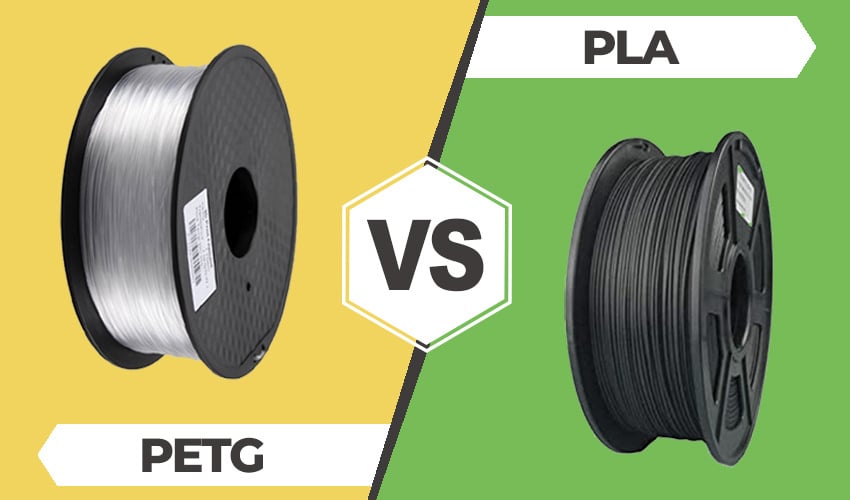
PLA vs PETG Which Material Should You Choose? 3Dnatives
PETG, also known as polyethylene terephthalate glycol, is a clear copolymer and thermoplastic with excellent durability, chemical resistance, and moldability. It's a more profound variation of PET (Polyethylene terephthalate) with low-molding temperatures making it easy to mold, heat-bent, and vacuum-formed into various shapes.
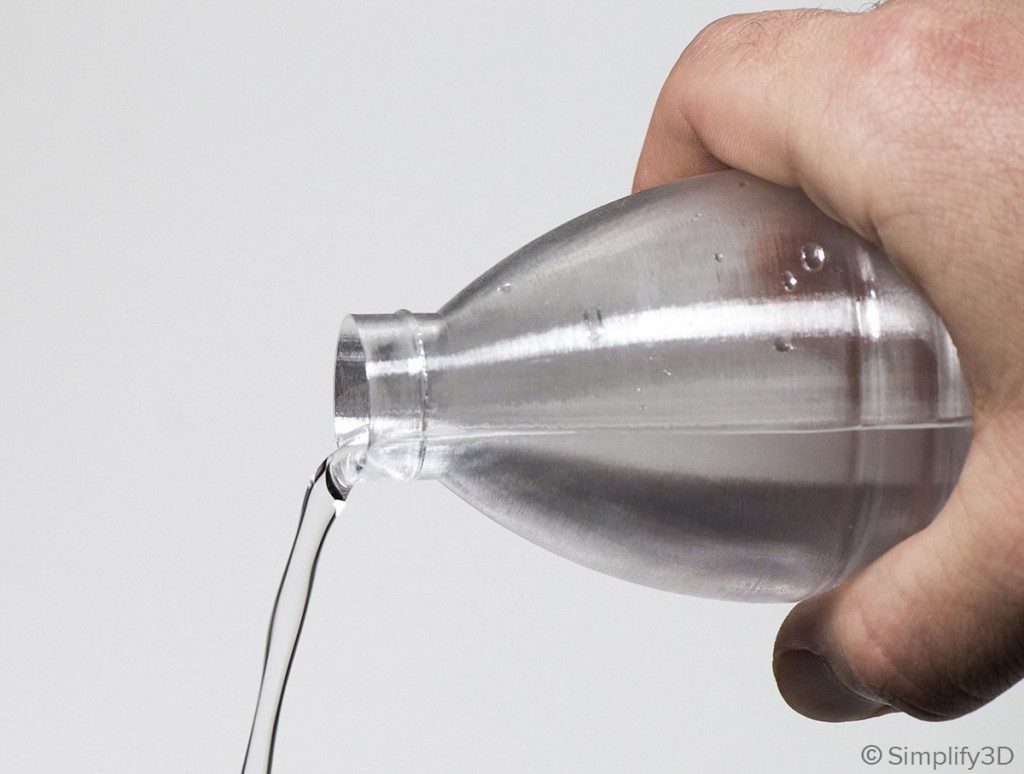
Ultimate Materials Guide Tips for 3D Printing with PETG
Durable and tough Good chemical resistance High impact strength Good clarity Easily formed, die-cut and punched Covers Guards Electronics Medical braces Point-of-purchase and graphic displays PETG thermoplastic is a solid choice for applications in which complex shapes, details, deep draws and compound curves are featured.
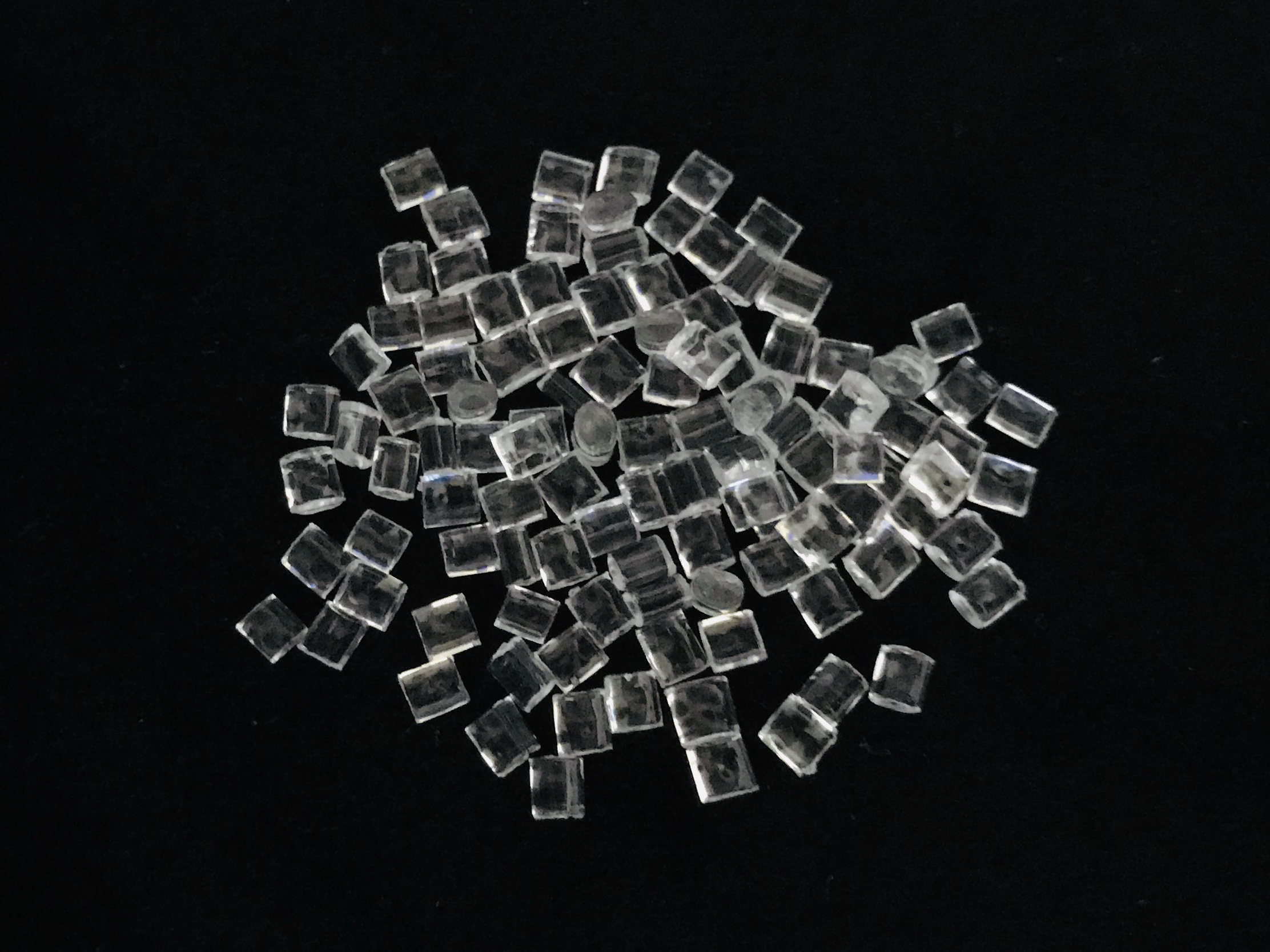
PETG resin PolyIndex Plastics Resins Supplier
3 Physical properties 3.1 Absorption/scalping 3.2 Intrinsic viscosity 4 Copolymers 5 Production 5.1 Dimethyl terephthalate (DMT) process 5.2 Terephthalic acid (PTA) process 5.3 Bio-PET 5.4 Degradation 5.4.1 Acetaldehyde 5.5 Biodegradation 6 Environmental concerns 6.1 Resource depletion 6.2 End of life 6.2.1 Recycle 6.2.2 Energy recovery

Physical properties of polyethylene terephthalate. Download Scientific Diagram
The thermal properties of all materials were tested. Thermogravimetric analysis was performed using a TGA Q500 thermogravimeter (TA Instruments, USA).. Kalni K (2018) 'Manufacturing and properties of r-PETG/PET fi bre composite—novel approach for recycling of PETG plastic scrap into engineering compound for injection moulding. Compos B.

Comparison between mechanical properties of ABS, PETG and PLA a)... Download Scientific Diagram
PETG is a thermoplastic, further classified as a polyester plastic. The graph bars on the material properties cards below compare PETG to: polyester plastics (top), all thermoplastics (middle), and the entire database (bottom). A full bar means this is the highest value in the relevant set. A half-full bar means it's 50% of the highest, and so on.

Features of PETG 3D Printing Filament Material Properties Series YouTube
Polyethylene terephthalate (PET) belongs to the family of polyesters. It has a semi-crystalline form when stable. It is recyclable and shows resistance to impact, moisture, alcohols, and solvents. It is among those plastics which are an important part of your everyday life. The polymer finds use in packaging, fabrics, and the textile industry.

Imported Polycarbonate PETG Sheets, Thickness 0.2mm0.7mm, Size 250m Roll at best price in New
PETG Material Properties Density - 1.27 g/cm 3 Thermal Coefficient Expansion - 60 µm/m-°C Max Service Temperature - 73°C Bed Temperature - 230 - 250°C Extruder Temperature - 230 - 250°C Recommended Build Surfaces - Glue Stick, Painter's Tape Price - $20 - $60 per kg Areas Of Strength Chemical & fatigue resistant Water resistant

Mechanical properties of rPETG/PETG blends and their comparison to 100... Download Scientific
PETG combines some of the good qualities of two other well-known thermoplastic materials used for 3D printing: ABS (acrylonitrile butadiene styrene) and PLA (Polylactic Acid). ABS is known for its durability and PLA for its printability. PETG, short for polyethylene terephthalate glycol, is an adaptation of PET (Polyethylene Terephthalate).

Polyester PETG Plastic Sheet HSQY PLASTIC
1.Introduction. 3D printing, also known as additive manufacturing (AM), rapid prototyping (RP), or solid-freeform (SFF) [1], is a process of mixing materials to make products from 3D model data, generally layer by layer, initially proposed by Charles Hull in 1986 [2].This approach achieves adequate geometric precision while reducing wastage by mixing materials with construction products.
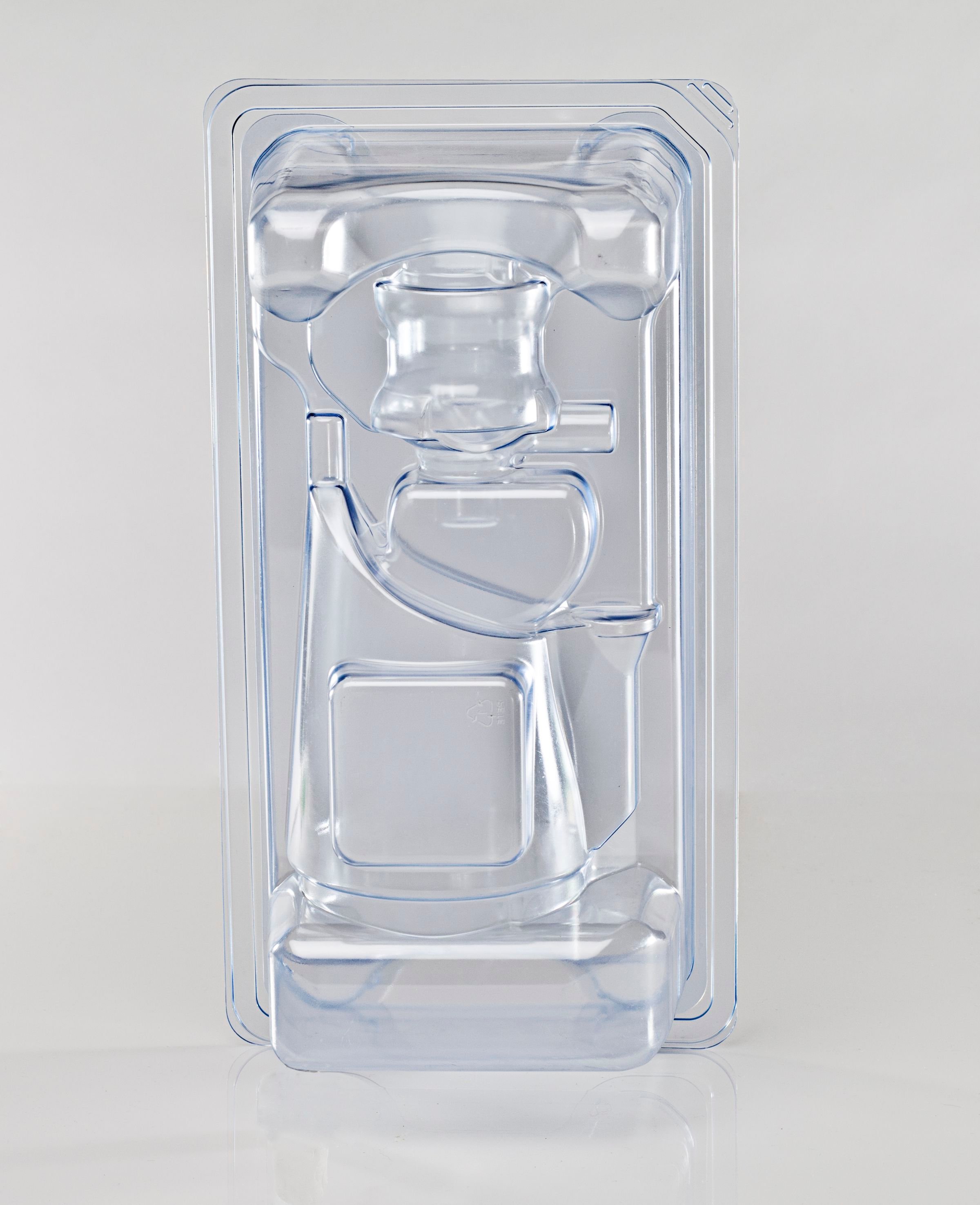
Perfect Packaging Materials Part 3 PETG Plastic Ingenuity
First synthesized by the DuPont Company in the 1940's, PET has become the world's most used plastic. PET can be easily modified for use in a wide range of applications with the modifier being identified as a suffix letter in the name.. The material properties for PETG vary depending on the material grade or producer, so it is best to.
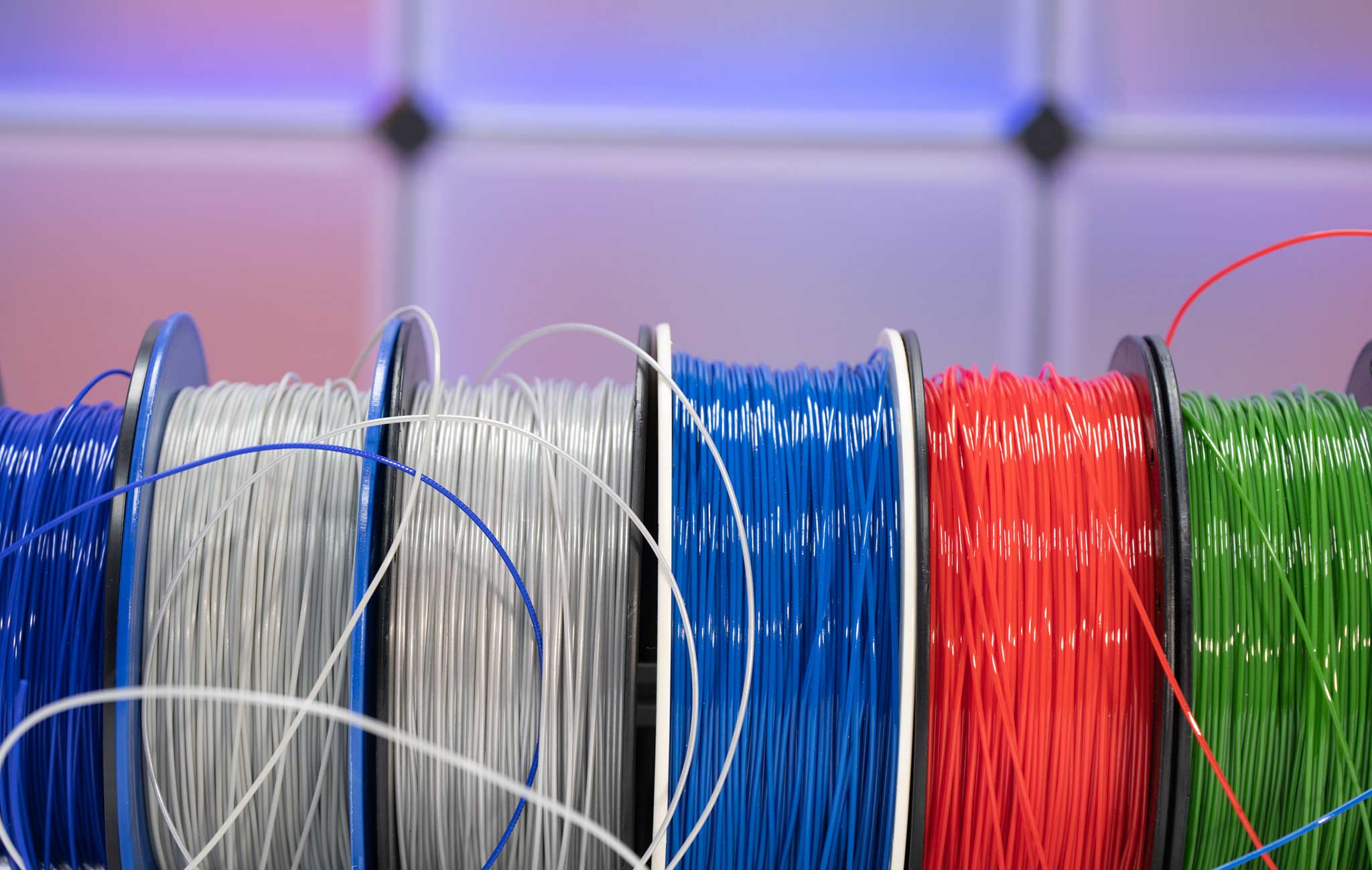
What is PETG? (Everything You Need To Know) TWI
PETG Technical data sheet General overview Filament specifications Diameter Max roundness deviation Net filament weight Filament length Method (standard) Value 2.85 ± 0.05 mm 0.05 mm 750 g ~ 93 m Color information Color

PETG Plastic 3D Printer Filament
PETG or Polyethylene terephthalate glycol is a thermoplastic polyester commonly used in manufacturing. The PET component is what is commonly found in plastic beverage bottles and food products. The G stands for glycol, which adds durability and strength, and contributes to the compound's impact resistance and ability to withstand high temperatures.

Certified PETG Sheet Supply. 100 Made in Taiwan KaoChia
Polyethylene terephthalate glycol, known as PETG or PET-G, is a thermoplastic polyester that delivers significant chemical resistance, durability, and formability for manufacturing. PETG is an adaptation of PET (Polyethylene terephthalate) where the 'G' stands for glycol, which is added at a molecular level to offer different chemical properties.

petg cura profile download ladodgervansshoes
Material Properties of PETG Plastics. PETG stands for Polyethylene Terephthalate Glycol. It is a variation of PET, but the addition of glycol makes it stronger and able to hold its form better in a wider range of temperatures and settings. PETG is usually a clear thermoplastic that can be formed into a nearly endless selection of shapes and sizes.
